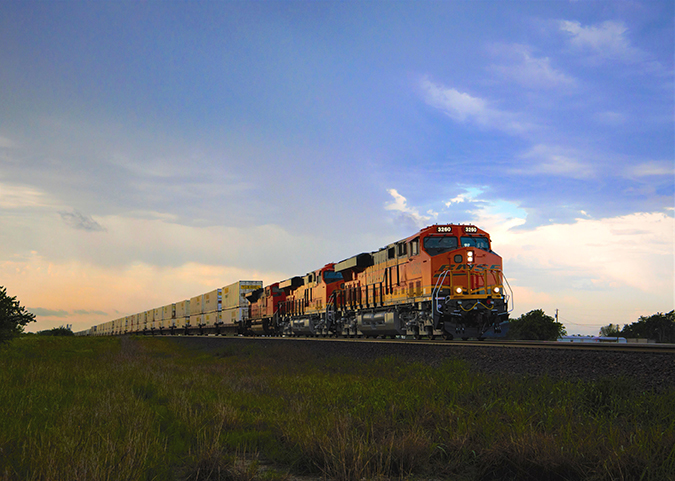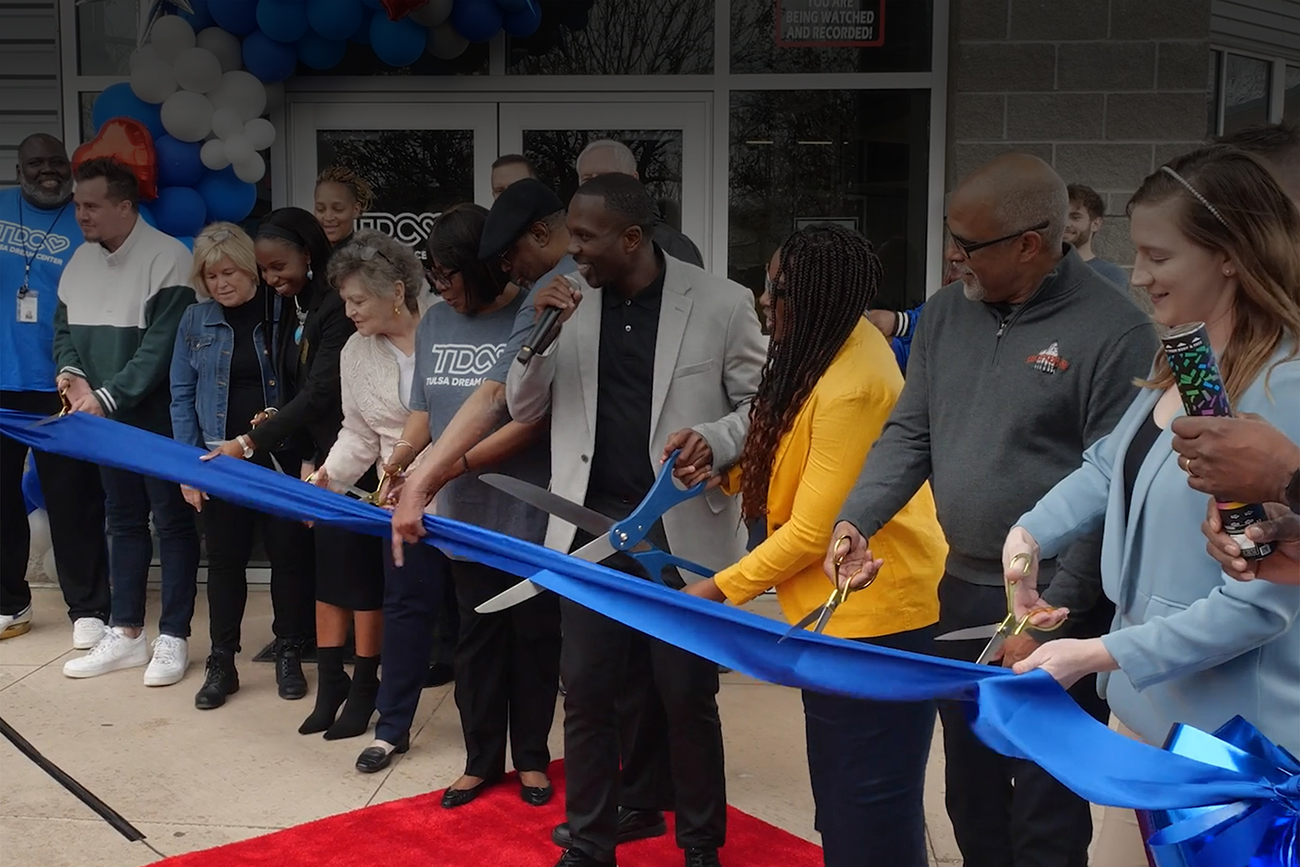
Green construction: BNSF puts sustainability into facility expansion from the start
You may know that rail is the most sustainable form of surface transportation. BNSF has consistently been on the leading edge of green initiatives.
But now, we’re taking our environmental responsibility further, beyond our daily operations. Our Engineering Services team has heightened its emphasis on minimizing our carbon footprint on capital expansion projects – from design through construction.

According to Trent Hudak, director, Engineering Services, the team has focused on environmental stewardship with their construction partners by creating a resource guideline for how they can work with BNSF to incorporate sustainability practices into each project.
“By engaging with our stakeholders in the earliest stages of the project, we are able to keep the environmental impact to a minimum,” Hudak said. “Some examples of how we do this are through reducing truck miles, recycling and reusing on-site materials, minimizing water consumption, managing stormwater, reducing energy consumption, among others.”

Not only are these sustainability actions the right thing to do from an environmental perspective, we’re also responding to our customers’ desires to manage carbon footprint sizes within their own supply chains. And we play a role in that.
“Sustainable design and construction practices provide good long-term BNSF business, environmental and community value,” said John Lovenburg, vice president, Environment & Sustainability. “This approach aligns us well with our customers with sustainability and carbon goals for their supply chains, including intermodal transportation.”
But striving for greener tactics doesn’t necessarily mean spending more green. In fact, Hudak said they are able to achieve a good balance between economics and improvements in sustainability, while still maximizing the long-term value of our investments.
The recent expansion of our Alliance intermodal hub is a great example of how Engineering Services applies these sustainability principles to achieve results in a construction project.
As one of BNSF’s fastest growing intermodal hubs, the Alliance Intermodal Facility underwent a multi-year expansion project to help meet demand. The expansion involved construction of several new parking lots for trailers and stacked containers, as well as new tracks and buildings. This project not only highlighted our commitment to sustainability, but also set a new standard for intermodal operations.
Because the expansion was planned and built with our “Orange is the New Green” philosophy at its center, we sourced local soils for building the site, reused road base rock and recycled and used concrete demolished on site.
The result? We avoided 8,106 metric tons of CO2 emissions.
Sustainability-focused tactics on this project included:
- Crushing concrete and reusing it as the road base
- Using concrete paving for the new parking lots in lieu of asphalt, saving roughly 500,000 truck miles of hauling due to the longer life of concrete
- New track material was brought in by rail rather than truck
- Fabricating all corrugated metal pipe on site
- Installing energy-efficient LED lights
- Selecting landscaping that doesn’t require irrigation
Traditionally, the Engineering Services team has delivered projects in a design, bid and build method in which the general contractor is engaged after the project has been fully designed. But that’s now changed. The contractor for the Alliance project was involved from the beginning.
“Since the Alliance project was built using an alternative delivery process, the contractor participated in the design process to drive innovation, cost reduction and schedule compression,” Hudak said. “This process is well-suited for developing construction options, including those that improve sustainability.”

As an industry leader, BNSF is constantly looking for ways to innovate, improve and stay ahead of the competition. This includes keeping sustainability at the core of our decision-making. With the success of this new approach for the Alliance expansion project, we can expect a continued focus on environmental solutions for many years to come.


